The Shifting Tides of Insurance Shopping
The landscape of personal insurance, particularly for auto and home policies, is constantly evolving. Understanding changing home auto insurance shopping behaviors is crucial for both consumers and industry professionals. Recent data indicates that while many people are actively exploring their options in the market, the decision to switch providers doesn’t always follow suit. This dynamic reflects a complex interplay of economic factors, market conditions, and consumer perception.
For years, consumers have been encouraged to shop around periodically to ensure they are getting the best rates and coverage. This remains sound advice, but the context in which this shopping happens is being shaped by external forces like inflation and supply chain issues. These economic pressures have a direct impact on the cost of insurance for providers, which in turn influences the premiums policyholders pay.
The shifts aren’t uniform across all types of insurance. Auto insurance, home insurance, and renters insurance each show unique patterns in consumer behavior. Analyzing these patterns provides valuable insights into how consumers are reacting to rising costs and changing market availability.
Understanding Changing Home Auto Insurance Shopping Trends
Recent market analysis provides a snapshot of how consumers approached insurance shopping in the first quarter of 2025. The overall trend suggests elevated shopping activity compared to previous periods, driven largely by consumers feeling the pinch of rising premiums.
However, increased shopping doesn’t automatically translate into higher switching rates. Consumers might be looking for better deals or alternatives, but they may find that competitive pricing is harder to come by, or that potential savings are not significant enough to warrant making a change. This disparity between shopping and switching is a key characteristic of the current market environment.
For consumers, this means that while it’s wise to investigate options, managing expectations about finding drastically lower rates is important. Factors beyond individual driving records or home characteristics are influencing costs across the board.
Understanding these nuances in the trends helps consumers make informed decisions about their policies and their relationship with their insurance providers. It highlights the importance of not just looking at price, but also understanding the value and stability offered by their current or potential insurers.
Why Auto Insurance Shopping is Up But Switching Stays Flat
The first quarter of 2025 saw an increase in the rate at which consumers shopped for auto insurance. Specifically, the shopping rate climbed, showing a notable year-over-year rise. This uptick suggests that more drivers are actively seeking out quotes and comparing policies from different insurers.
Several factors likely contribute to this heightened shopping activity. Rising auto insurance premiums are a significant driver. Many consumers are seeing their renewal notices reflect increased costs, prompting them to explore the market for potential savings. For a deeper dive into some of the reasons behind rising costs, consider reading about 6 Factors Impacting Car Insurance Rates Right Now.
Despite this surge in shopping, the rate at which policyholders actually switch providers remained relatively stable, showing only a slight year-over-year increase and a small decrease from the previous quarter. This suggests a potential disconnect between the desire to find a new policy and the ability or willingness to do so.
Why aren’t more people switching if they are shopping? One reason could be that while premiums are rising everywhere, the competitive alternatives consumers find may not offer significant enough savings to justify the effort of switching. The overall cost environment is affecting most, if not all, insurers. Factors such as rising vehicle repair costs, which are exacerbated by supply chain issues and the increasing complexity of modern car technology, directly impact how much insurers pay out in claims.
Insurers are also adjusting their underwriting practices. As claims costs climb, insurers may become more selective or increase rates, particularly for policyholders perceived as higher risk. This push towards more traditional, perhaps stricter, underwriting can limit the options available to consumers and may mean that even when shopping, they don’t find a compelling reason to leave their current provider.
Furthermore, the process of switching insurance can sometimes be perceived as cumbersome. Unless the potential savings are substantial, many consumers might opt for the path of least resistance, even if it means paying a slightly higher premium.
The stability in switching rates, despite increased shopping, points to a market where consumers are price-sensitive and actively looking but face limited options for truly lower costs across the board. Insurers, meanwhile, are grappling with balancing policy growth with the need to remain profitable in the face of escalating expenses.
Decoding the Latest in Home Insurance Consumer Behavior
Consumer behavior in the home insurance market also shows interesting trends. The shopping rate for home insurance saw a modest increase in Q1 2025 compared to the previous quarter, although it was slightly down year-over-year. This suggests that while shopping is occurring, the urgency or frequency might be different from that seen in auto insurance.
The switching rate for home insurance experienced a decrease from the prior quarter but was marginally higher compared to the same period last year. This pattern, similar to auto insurance, indicates that while some movement is happening, the majority of home insurance policyholders are not opting to switch providers frequently.
Several factors unique to the home insurance market influence these trends. The rising costs associated with home repairs and construction materials pose significant challenges for insurers. Inflation has driven up the price of wood, metal, labor, and other essential components needed to repair or rebuild homes after damage. This directly impacts the amount insurers must pay for claims.
In response to these rising costs, insurers are focusing on maintaining profitability. This often involves implementing rate increases and employing tighter underwriting strategies. Insurers are becoming more granular in their risk assessment, which can lead to higher premiums, especially for homes in areas prone to natural disasters or those with specific characteristics that increase risk.
For consumers, this means that finding cheaper home insurance might be challenging, even when shopping around. The cost increases are often driven by macroeconomic factors and localized risks that affect premiums across many carriers. Understanding what drives these costs, such as the link between What is Causing Homeowners Insurance Premiums to Rise, can help homeowners understand their options.
The relative stability in the switching rate could also be attributed to factors like bundled policies (where homeowners bundle their home and auto insurance for a discount), loyalty programs, or the perceived hassle of moving a complex policy like homeowners insurance. Consumers might be hesitant to switch unless they find a truly compelling offer that outweighs the inertia and the potential loss of benefits like bundling discounts.
Furthermore, in some regions, particularly those susceptible to extreme weather events, availability might be limited, making switching difficult even if a policyholder is dissatisfied with their current insurer’s rates or terms. This contributes to the picture of a market where shopping is active due to rising costs, but switching is constrained by market realities and consumer friction.
Renters Insurance Shopping What the Data Reveals
Renters insurance often receives less attention than auto or home insurance, but consumer behavior in this segment also provides insights into broader market trends. The report indicates that the shopping rate for renters insurance slightly decreased from the previous quarter but showed an increase compared to a year earlier. This suggests fluctuating but overall rising interest in securing renters coverage.
The switching rate for renters insurance saw a noticeable drop from the prior quarter, although it remained slightly higher than the rate observed a year ago. This makes renters insurance appear relatively stable in terms of switching compared to auto and home policies.
Several factors contribute to the distinct behavior in the renters insurance market:
- Lower Cost: Renters insurance is significantly less expensive than homeowners or auto insurance. This lower cost point may lead to less intense price shopping for incremental savings.
- Mandatory Requirement: In many cases, landlords require tenants to carry renters insurance. This makes purchasing a policy a necessity rather than a choice, which can influence shopping patterns. The focus might be on meeting the minimum requirement rather than extensive comparison shopping.
- Simplified Coverage: Renters insurance primarily covers personal property and liability, without the complexities related to building structure, construction costs, or extensive peril coverages found in homeowners policies. This simpler structure might make consumers feel less need to constantly shop around.
- Market Availability: Generally, renters insurance is more widely available than homeowners insurance, even in higher-risk areas, because the insurer’s exposure is limited to the tenant’s possessions and liability, not the building itself.
The year-over-year increase in shopping activity could be linked to increased awareness, more landlords enforcing insurance requirements, or potentially slightly rising premiums pushing some renters to look for better deals, although the overall cost remains low compared to other policy types. The decrease in switching from the prior quarter suggests that once a policy is in place, renters may be less likely to change providers unless a major life event occurs or they encounter issues with their current insurer.
While less volatile, understanding the trends in renters insurance is part of the larger picture of consumer behavior in the personal lines insurance market. It highlights how policy type and cost directly influence how and why consumers engage with the insurance shopping process.
Economic Pressures Driving Insurance Market Shifts
The shifts observed in consumer shopping and switching behaviors for home and auto insurance are not occurring in a vacuum. They are significantly influenced by broader economic forces impacting the cost of goods and services across the economy. Two key factors repeatedly mentioned as driving these changes are inflation and tariffs.
Inflation affects the insurance industry in multiple ways. For auto insurance, the cost of repairing vehicles has soared due to rising prices for parts, labor, and the increasing complexity of car technology requiring specialized tools and skills. If a car is totaled, the cost to replace it is also higher due to increased vehicle prices. These higher costs translate directly into increased claims payouts for insurers, which necessitates higher premiums to maintain profitability.
For home insurance, inflation drives up the cost of building materials like lumber, steel, concrete, and roofing supplies. The cost of labor for contractors and construction workers also increases. This means that if a home is damaged by fire, severe weather, or other covered perils, the cost to repair or rebuild is significantly higher than it was even a couple of years ago. This reality pushes up the replacement cost value of homes, which is a key factor in calculating homeowners insurance premiums. For more on understanding these rising costs, see Why Homeowners Insurance Premiums are Rising and What You Can Do.
Tariffs, particularly on imported materials like steel and aluminum, can further exacerbate the issue of rising repair and construction costs. While the direct impact can vary depending on the specific materials used in repairs or vehicle manufacturing, tariffs can contribute to higher input costs for businesses, which are then passed on to consumers and, consequently, to insurers through higher claims expenses.
These economic pressures create a challenging environment for both consumers and insurers. Consumers face increasing premiums, while insurers grapple with higher operational costs and claims payouts. This dynamic forces insurers to reconsider their pricing models and underwriting strategies, contributing to the market shifts observed in shopping and switching behaviors. The ongoing uncertainty surrounding economic indicators means these pressures are likely to continue influencing the insurance market in the near future.
How Insurers Are Responding to Rising Costs and Consumer Habits
In the face of rising claims costs driven by inflation, supply chain issues affecting repairs, and increasing weather-related events impacting property, insurance companies are strategically adjusting their operations. Their primary focus is shifting towards maintaining profitability and ensuring long-term financial stability.
One of the most direct responses is through rate adjustments. As the cost of paying out claims increases, insurers need to collect more in premiums to cover those expenses and build adequate reserves. Therefore, policyholders are likely to continue seeing upward pressure on premiums for both auto and home insurance. These increases reflect the economic realities insurers are facing.
Beyond simply raising rates, insurers are also refining their underwriting practices. This means becoming more precise in assessing the risk associated with each policyholder and property or vehicle. For auto insurance, this might involve more emphasis on driving history, vehicle type, location, and even telematics data for those who opt into such programs (Telematics Can Help You Save on Auto Insurance discusses this technology). For home insurance, underwriting might consider detailed information about the home’s age, construction type, location relative to risks like floods or wildfires, and maintenance history (6 Vital Homeowner Maintenance Tips to Prevent Costly Damage). This refined approach aims to ensure that premiums accurately reflect the specific risk being insured.
In addition to pricing and underwriting, insurers are also focusing on retention strategies. While shopping rates are up, stable switching rates suggest that retaining existing customers is still a viable goal. Insurers might offer loyalty discounts, improve customer service, or provide incentives for policyholders to bundle multiple policies (like home and auto) to encourage them to stay. The ability to offer Unlock Big Savings Bundle Home Auto Insurance Save Money Today can be a powerful retention tool.
In some cases, particularly for home insurance in high-risk areas, insurers may adjust coverage terms, increase deductibles, or even limit the availability of certain types of policies or coverage amounts to manage their exposure. This is especially relevant for perils like windstorm or flood, where understanding Decoding the Storm Understanding Home Insurance Hurricane Deductibles becomes critical for homeowners.
Overall, insurers are navigating a complex environment by adopting strategies that prioritize financial solvency while attempting to serve their customer base. These responses directly influence the options and costs consumers encounter when shopping for or renewing their policies.
Navigating the New Normal for Your Insurance Policies
Given the current trends of increased shopping activity but relatively stable switching rates, how should consumers approach managing their insurance needs? The new normal seems to involve higher costs driven by external economic factors, making the traditional advice of just shop around a bit more nuanced.
Here are some strategies for navigating this environment:
- Understand the Drivers of Cost: Educate yourself on why premiums are rising. Knowing that factors like inflation, repair costs, and climate events play a significant role can help manage expectations and understand the quotes you receive. Articles like What is Causing Homeowners Insurance Premiums to Rise can provide valuable context.
- Don’t Stop Shopping, But Shop Smart: While drastic savings might be harder to find, comparing quotes periodically is still important. However, look beyond just the bottom-line price. Compare coverage levels, deductibles, and the reputation and financial stability of the insurance company. Understand what you’re getting for the price.
- Review Your Coverage Needs: Market changes are a good catalyst to review your current policies. Are your coverage limits still adequate given increased home values or vehicle replacement costs? Do you need additional coverage like an umbrella policy (Umbrella Insurance Fundamentals)? Your needs may have changed since you first purchased your policy.
- Focus on Risk Mitigation: Taking steps to reduce your risk can potentially lead to lower premiums or fewer claims, which helps maintain lower costs over time. For homeowners, this could involve implementing maintenance tips or preparing for severe weather (How to Prepare for a Hurricane A Comprehensive Guide). For auto owners, maintaining a clean driving record is paramount.
- Communicate with Your Insurer: If you receive a renewal notice with a significant increase, contact your current insurer. Ask for an explanation and inquire about potential discounts you might be eligible for. Sometimes, simply reviewing your policy with your agent can uncover savings opportunities.
- Consider Bundling: If you haven’t already, ask about bundling your home and auto policies. Many insurers offer significant discounts for combining policies, which can lead to overall savings even if individual policy costs have increased. Learn more about the benefits of bundling at Unlock Big Savings Bundle Home Auto Insurance Save Money Today.
- Work with an Independent Agent: An independent insurance agent can be a valuable resource in this challenging market. They work with multiple insurance companies and can help you compare options, understand complex policy details, and find the best value for your specific situation. They have a better pulse on the market and can explain why certain trends are happening.
Understanding changing home auto insurance shopping dynamics means recognizing that while comparison shopping remains valuable, the context has shifted. External economic pressures are playing a larger role in pricing. By staying informed, proactively managing your risks, and working with a knowledgeable professional, you can navigate these changes effectively and ensure you have the right coverage at the most competitive price available in the current market.
Consumers should expect insurers to continue adjusting rates and underwriting as they balance profitability with market competitiveness. The full impact of economic uncertainty will likely become clearer over time, reinforcing the need for consumers to remain engaged with their insurance choices rather than taking a set it and forget it approach.
For additional information on navigating current market conditions and understanding your options, exploring resources from organizations like the National Association of Insurance Commissioners (NAIC) or the Insurance Information Institute (III) can be helpful.
Ultimately, while shopping is up, the decision to switch remains a careful consideration for most consumers in the current market. Making informed choices based on a solid understanding of your needs and market realities is key.
Have questions? Contact us here.






